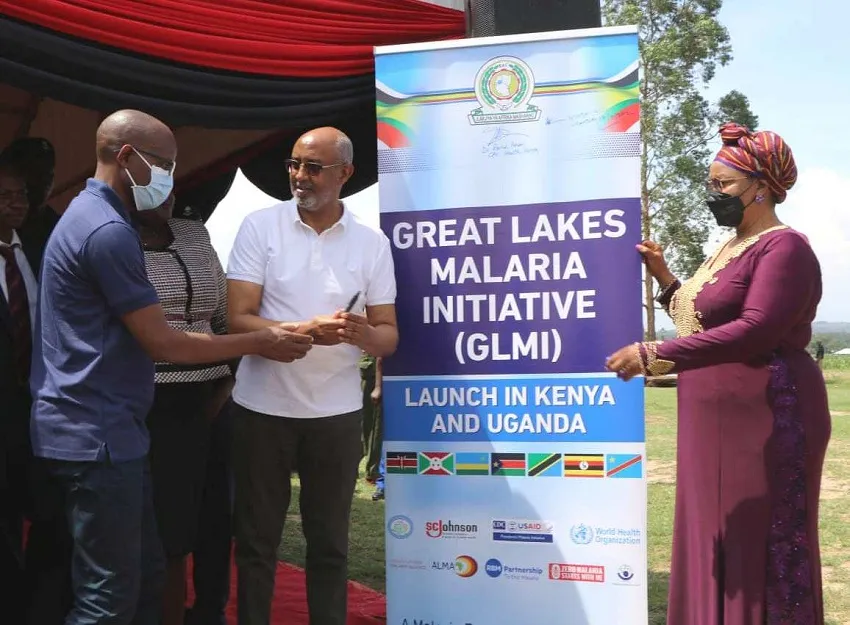Amref Health Africa Partners with IT Firm ASIL to Scale up Availability of Blood Supply in Kenyan Hospitals
Tuesday, 2 October, 2018


Nairobi… Amref Health Africa and technology solutions firm Advanced IT Solutions (AISL) have signed a Memorandum of Understanding (MOU) to scale up blood availability in hospitals through a Blood Services Information Management System dubbed Damu – Sasa.
The solution is an innovation that came out of the Presidential Digital Talent Programme (PDTP) launched by President Uhuru Kenyatta in 2015.
Damu – Sasa was developed to maintain up to date information in the blood services value chain. This includes maintaining an accurate donor databank through which timely donation appeals can be made during emergencies, ensuring real-time observation of blood level fluctuations and improving their real-time reporting.
In addition, through information sharing, Damu – Sasa enables collaboration among players in the blood services ecosystem thus making blood services management more efficient and effective.
Through this partnership, that will help advance the universal health coverage agenda through access to blood supply, Amref Health Africa will provide support to AISL through marketing the technology solution, development of health-related content, promote associated advocacy and offer other technical support. AISL in turn will focus on rolling out the Damu – Sasa solution, supporting clients and enhancing the solution.
Amref Health Africa’s Programme Director for Health Systems Strengthening, Dr Elizabeth Wala said that most hospitals do not have enough blood in their banks and many people die while waiting to receive blood. The situation can be calamitous in case of accidents and other emergencies. She added that the technology would improve the situation through ensuring blood banks have accurate data that would improve effective use of blood as well as help with targeted donor appeals.

“Sourcing, distribution and management of blood services presents various challenges in the country such as unforeseen blood shortfalls; ad-hoc blood appeals during emergencies; limited real-time reporting; limited real-time blood traceability and hampered collaboration between transfusing facilities. This partnership will make use of a home-grown and innovative solution that will ensure that patients have a chance of accessing blood in times of need,” said Dr Wala.
The Damu – Sasa solution has already been successfully piloted at the Kenyatta National Hospital (KNH) over a period of nine months which was commenced in May 2017. The feedback from users have been very positive with the wish to have the system deployed in the hospital and adopted by others in the blood services ecosystem.
AISL Director, Mr Ochieng’ Ogunde said that in most cases, the management of blood services presents a number of challenges to health establishments and that this can be improved through a proper tracking system that captures up to date information.
“Inefficiencies and inaccuracies in sourcing, tracking and dispensing blood has always been the main challenge for health establishments in Kenya and in most parts of Africa. In most instances it is the patients that bear the burden of these challenges, often having to mobilize blood from family and friends. Damu – Sasa will close this gap by providing a simple solution that links up all the stakeholders in blood donation and delivery service seamlessly,” said Ogunde. He added that information from Damu – Sasa can help with forecasting and make managing the service more proactive.
According to Kenya National Blood Transfusion Services (KNBTS), Kenya needs an estimated 400,000 units of blood annually to cater for various medical needs yet it currently records a shortfall of about 250,000 units every year. As the nation seeks to attain universal health coverage for all citizens by 2022, there is a great need to incorporate technology to catalyse this process. One such area is in management of blood services where demonstrated technology assures improvement in the efficiency, safety and effectiveness of blood services management.







